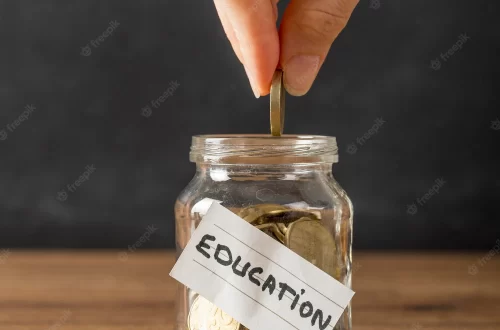Scribbling in Long-Handed Oblivion
The lost art of handwriting with a pen on paper
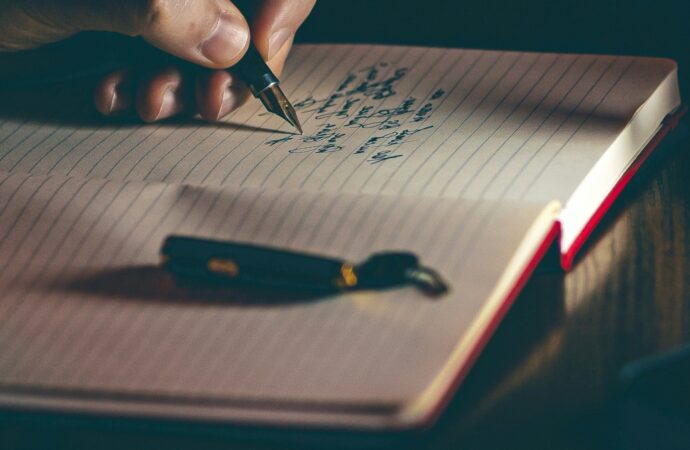
Charles Krblich
I remember the joyful, parental excitement I felt when we sent our oldest child off to kindergarten. I can recall his nervous agitation, not knowing what to expect, but also understanding that he was older now, and a big boy. At our first parent-teacher conference that year I noticed something that I had not thought much about until recently.
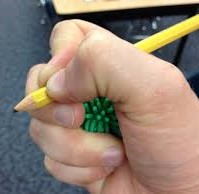
The teacher — who was a fantastic kindergarten teacher — began writing her notes on the parent-teacher conference form. I noticed that her pen was not held, so much as it was grasped. Rather than a traditional writing grip held by the tips of the thumb, index finger, and the side of the middle finger, she had the pen tightly pinched between her thumb on one side and on the other, a stack of her index, middle, and ring fingers. Her writing expressed the tension against her thumb. It was short, sharp, and staccato all at the same time.

I made a quip about it on the way home, and didn’t think much of it again until lockdowns closed the schools. Neither of my children, who suddenly found themselves in Zoom School, could hold a pencil correctly. They found writing neither fun nor enjoyable.
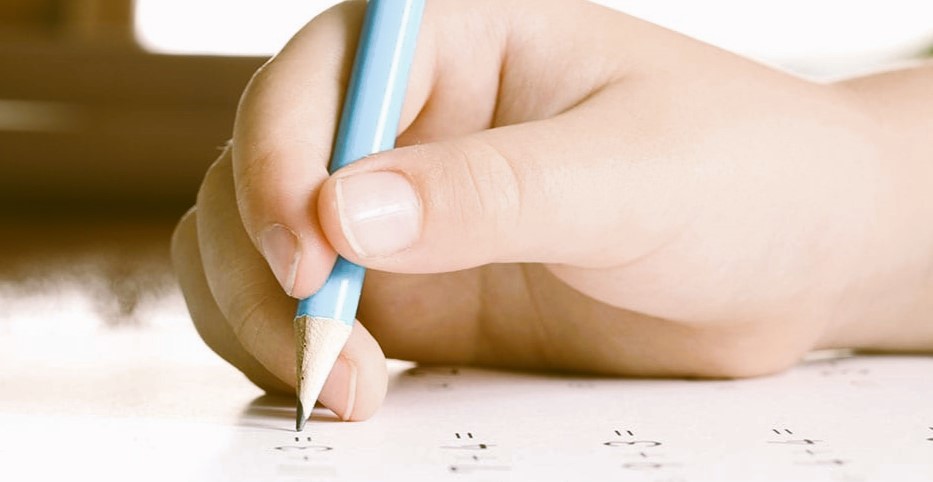
Here is a strange thing — almost like a secret. You start out putting words down and there are three things — you, the pen, and the page. Then gradually the three things merge until they are all one and you feel about the page as you do about your arm. Only you love it more than you love your arm
— John Steinbeck

I was contemplating this in the morning as I sat down with my notebook. My coffee steaming off to the side, the books yet to read in two stacks on either side of my cluttered desk, and the open pages of my notebook were a story yet to unfold. It was time to review my daily agenda, strike-out the things I had finished yesterday, and write down the things I needed to do today. If I ever feel nostalgic, I can turn my chair around and grab one of the old notebooks off my bookshelf. Collectively, the notes in them, most all of them crossed off to-do-list items, represent nearly twenty years of my life.
When I worked in an office, I was the odd-man-out. No one brought notepads or notebooks to meetings anymore. The vast majority took notes on their laptops or tablets. They used cloud services to organize their notes digitally such as Evernote or Apple Notes.
I was sometimes jovially made fun of and called old-school. It never bothered me because I knew I couldn’t explain, and they wouldn’t understand, the years of toil and trial and error I underwent to find my perfect combination of notebook and pen. Every morning, though, as I watch, and feel the stroke of my hand cause the ink to roll off my Pilot G2 Ultra-Fine 0.38mm pen onto the premium paper of my dot-ruled Leuchtturm 1917 A5 sized notebook, I experience the joy of myself, my pen, and my page merging into the single entity Steinbeck eloquently expresses above.
The longer term trend in everything is to move away from analog paper and pen to digital recordkeeping. Handwriting is barely taught at school any longer and cursive has all but been entirely eliminated. In its place is a swath of electronic apps. Apps that are used to submit typed essays, presentations, and calculations, and for the teachers to accept student submissions, record grades, and communicate with parents. This is not all bad, but lockdowns, the closing of schools, and the ability to work virtually have all dramatically sped up the transition to an entirely digital existence.
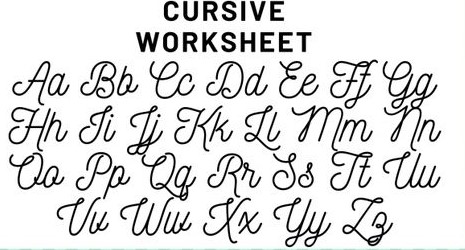
It is not just school and work that have been impacted, it is nearly every aspect of life. At the baseball league where I coach, I also find myself the odd-man-out. I stand there with my clipboard, my pen, and my paper score sheet, keeping score and compiling stats the old-fashioned way. My contemporaries have their phone and use the Gamechanger app. In the app, the stats are compiled automatically, parents can stream the games, and they can login to review the stats, whereas I have to email mine, and paper cannot be streamed online in real time. Not all digital transformations are bad, and in this case I probably should adjust to the times.
I’m willing to admit that maybe I am a dinosaur now, irrationally holding onto the past by writing down my thoughts on paper, playing classical music on a wooden cello, and possessing stacks of old books, notebooks, and baseball score sheets strewn around my home office. Extinction driven not by a comet, but by inevitable progress.
However, one of the lessons I have learned from playing the cello is that underlying tension needs to be ruthlessly discarded in order to play well. The wooden facade of the cello is unforgiving, and it will betray every one of your insecurities if you let it. On the other hand, if the tension is removed, and you play freely, the wood becomes your ally and tells a beautiful story of sounds that words cannot even fathom.
This tension hides itself in places one is not apt to look and it shows up in ways that we may not notice. For my son’s kindergarten teacher, the force of her three fingers pressed up against her stiff thumb. As a result, she likely found it tiring to write long passages. This presented itself via short strokes that were also both sharp and staccato. I wonder how much of that tension had compounded over years and led to her simple phrase — and why I liked her as a teacher — “You get what you get, and you don’t throw a fit!” No non-sense; Short; Sharp; And Staccato.
Often, outsized effects are the result of an incredibly small amount of tension. Represented by a stiff thumb when writing, or maybe by over-pressing a note on the cello fingerboard, the quality of what we are trying to produce is affected. The stiff thumb causes a chain reaction down the arm into a quickly fatigued forearm. The over-pressed note deadens the sound and kills a lyrical passage.
Burned my pen finger with a match the other day and the blister comes right where the pen fits. And it hurts like hell and my handwriting reaches new heights of badness because of it.
— John Steinbeck
Larger amounts of tension quickly become problematic. Many people found themselves in state of extremely high tension during the last four years. Think of smashing your thumb with a hammer. Thoughts of empathy and care for others quickly flee away as the mind becomes overwhelmed with the immediate and pressing need of crushing, throbbing pain. Imagine, for a moment, being consumed with this level of tension all the time. In a version of Maslow’s Hierarchy of Needs, this tension must be resolved before one can climb up to the next level of the pyramid.
It has become my perspective that slowing down, and taking more time is often the best solution. If I smash my thumb with a hammer, I will curse, and then pause, delaying the hammering until the pain subsides. If I am practicing a difficult measure with my cello, I will slow down my playing and work on the sound of each individual note until I can play it quickly with the same level of character. Every morning, I find enjoyment and peace in my time with my steaming, hot coffee, and I deliberately record my thoughts and to-do list in my notebook.
I rarely have any idea what the rest of the day will bring me every morning, but I end up ready to meet it with an open mind. When the curveballs inevitably come, I am equipped with an old-fashioned notebook and pen that I hold, not grasp. Then I sketch out the master-plans to handle it all.
intellectualtakeout.org/2024/03/lost-art-of-pen-and-paper
This article is republished with permission from the author’s Substack.
Image credit: Unsplash 2 comments
